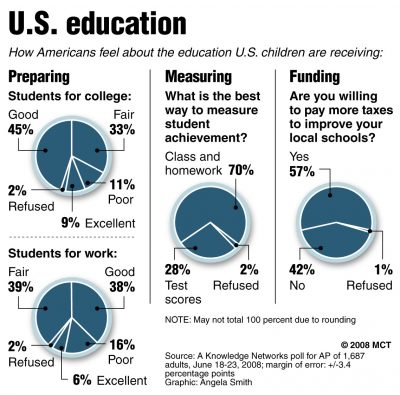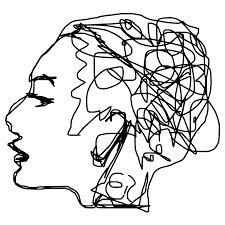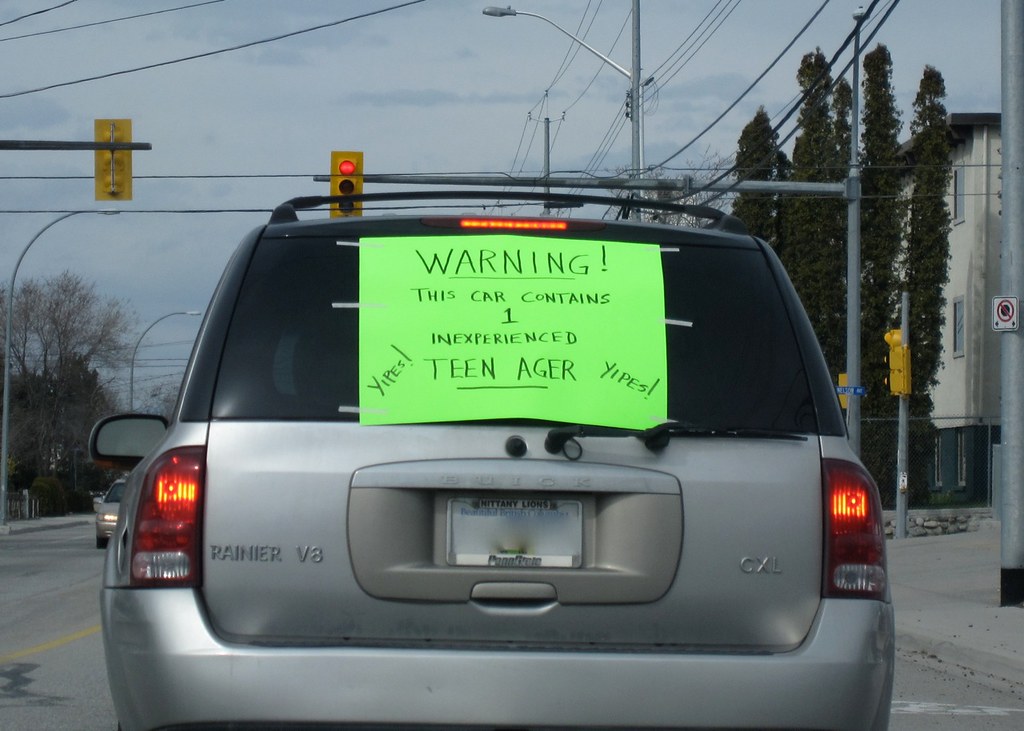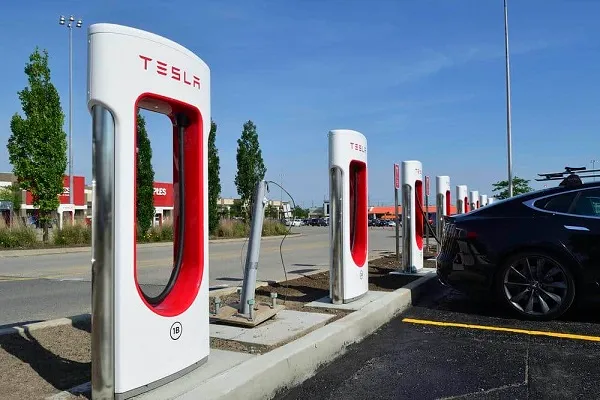BY SAMAN SALAHUDDIN
Staff Writer
In recent years there has been a revolutionary tide when it comes to restructuring the educational systems, and Finland from the start has been at the forefront of innovation.

The pre-1970 Finnish school system was in complete disarray. Thus, in 1970’s, the government made a landmark decision to completely restructure its broken school system. Its one goal was equality.The government operated on the grounds that every child is entitled to equal education no matter their socioeconomic class, race or family background. During the seventies, the government of an economically struggling Finland looked towards education in an attempt to fill in the gaps.
In order to achieve this goal, the Finnish government completely threw out the conventional East Asian model of education- that of rigorous competition and extensive memorization-and adopted its own radical system.
To begin with, the government passed a law stating that all teachers must obtain a master’s degree or higher in education. Finnish society has been taught to regard teachers with prestige and respect ( a seemingly absurd concept for our American society) so much so that teacher training programmes in the nation have become more highly selective than most medicine or law programmes.
Furthermore, Finish Schools do not have standardized testing- in an attempt by the educators to limit competition and student stress. The only test that is administered is at the end of students’ high school career, called the National Matriculation Exam. Meanwhile, here in the United States, according to the Washington Post, the average student in America’s big-city public schools takes some 112 mandatory standardized tests between pre-kindergarten and the end of 12th grade. The overabundance of testing is absolutely absurd and its implications extend far beyond the classroom. For example, this cornucopia of standardized tests in many American classrooms has shifted the culture from one of critical thinking and promotion of genuine intellectual inquiry, to a“teach to a test” environment. If we intend to move away from this almost toxic environment-for teachers and students alike- it is crucial that grasp on to Finland’s precedent.
Arguably, the most radical change in the Finnish education model is its elimination of all private schools and colleges- a foreign concept to the competitive American society. Finish educators were adamant that regardless of whether your are completing high school or your masters, no one should have to pay for an education. The Finnish society also knew that if it wanted all citizens to have equal opportunities to succeed, then all students must receive the same equal education. Essentially, Finland has made education-primary, secondary and tertiary- an inalienable right guaranteed to all members of society.
What makes Finland’s decision to remove private schools so monumental, is that they have found a way to eliminate a child’s socioeconomic background from the equation of academic success . To compare, here in the United States if you are not a member of the lucky few who attend private schools or live in areas with good school districts, then your chance of attending a prestigious college is significantly diminished. Partially for reasons like these, at top-tier universities, black undergraduate populations average 6 percent (The Atlantic) since poorer neighborhoods with comparatively lacking schools are unproportionally African American, a byproduct of America’s systematic racism. Essentially, it means that if you are poor then it is harder for you to succeed.
Does this system work?
Well, simply put, Yes. In 2000 finnish students took the PISA, Programme for International Student Assessment, survey, which compares students of different countries in math, science and reading, and were ranked among the top three in the world in all three categories. Similar tests along the years have continued to prove their students’ excellence. The Finnish educators had not set out to turn their students into the best in the world,but rather, achieving educational equality. It turns out that when a government decides to include all members of society, good things happen.
Critics of the Finnish model of education insist that a similar approach will not work here in the United States because unlike Finland we have a large and fairly heterogeneous population. However, that argument falls short since the education system in the US is regulated by states themselves.
Regardless, even if we do not adopt the Finish model, we must take steps to improve our own system for the betterment of our own society. American educators should tightly grab on to the Finish concept of equality in education. It is only when all members of our society are able to obtain the same quality education, that we ever have a chance at standing up against inequality and systemic racism.
The Broken School System
September 29, 2016

Survey of how people in the U.S. view the current education system; the vast majority think classroom work and homework — not standardized tests — are the best ways to measure how well students are doing. MCT 2008
05000000; EDU; krteducation education; krtnational national; krt; mctgraphic; 05005001; 05005002; 05005003; elementary school; high school; junior high school; krtschool school; middle school; krtdiversity diversity; youth; krtnamer north america; u.s. us united states; USA; krt mct; smith; chart; class work; college; funding; homework; improve; increase; poll; prepare; school; standardized; tax; test; testing; work; 2008; krt2008
0
Donate to Sword & Shield
$180
$1000
Contributed
Our Goal
Your donation will support the student journalists of University High School. Your contribution will allow us to purchase equipment and cover our annual website hosting costs.
More to Discover













